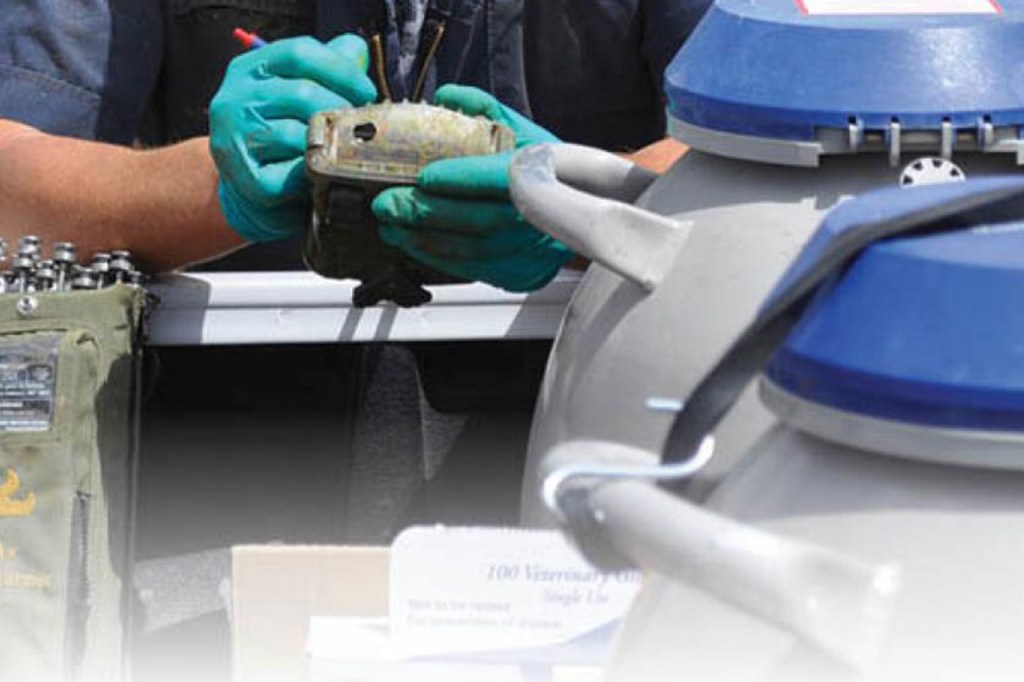Deciding to use beef genetics on dairy cattle can seem like an overwhelming proposition to figure out. The end product should be calves demanded in the beef supply chain to help with farmers’ bottom line. It’s not about producing a calf that looks right for the market; it’s about producing one that has the genetics demanded by the marketplace. Not just any black calf will do. It’s crucial to use a verified program for beef semen. To get started with a beef on dairy program, farmers need to ask themselves three general questions.
1. How many replacements are needed?
On the farm, management has to decide how many animals they need to produce to be sustainable, says Dr. Victor Cabrera of the University of Wisconsin. Several factors should be evaluated to reach this number, including cull rate and conception rate. Then Cabrera says producers need to add some flexibility in their strategies in case things do not go as planned. “If they produce over the limit, they need to sell those animals, and if they under produce, they need to find an opportunity to buy some animals,” he says.
[READ: Heifer Replacement Strategy]
2. What is the herd reproductive performance?
Generally, farmers find combinations of sexed and beef semen provide sufficient replacements and extra revenue, according to Cabrera. However, those combinations might not be optimal on every farm.
“How good is the herd in regard to reproductive performance?” he asks. “That will affect using beef and sexed because we know sexed semen has a little less reproductive performance.”
Beyond conception rate, Cabrera says culling policy and calf mortality are also key metrics to look at.
[READ: 5 Ways You Are Creating Infertile Cows]
3. What are the cost/income opportunities?
The number one goal of any beef on dairy strategy should be to increase the farm’s revenue. Income from calves over semen cost (ICOSC) is a metric Cabrera recommends farms pay close attention to when building their programs. Cabrera and his team at University of Wisconsin Extension developed an online tool that producers can use to help build a beef on dairy strategy with the help of their ABS sales rep. You can find a wealth of dairy management tools at https://dairymgt.info
Once farmers have the answers to these three questions and they’ve partnered with a company that has a process verified program, they are ready to use beef genetics on their dairy farms. Like any change on an operation, beef on dairy should be implemented after careful consideration, study and partnering with trustworthy sources.
Originally published on dairyherd.com
[LEARN MORE: Beef InFocus]



